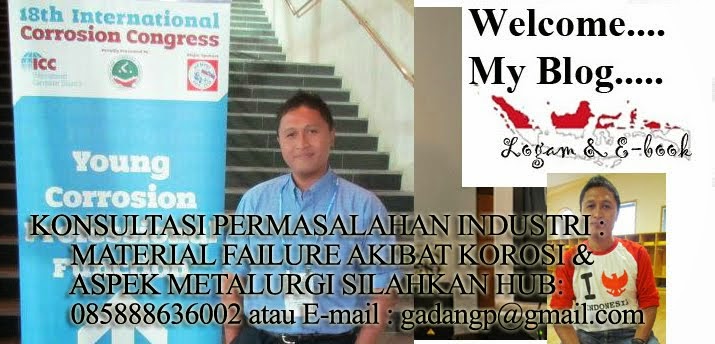Generally, Intermetallic compounds are brittle and high melting point. They offer a combination between ceramic and metallic properties when hardness and/or resistance to high temperatures are important factor. They exhibit low toughness and poor fabricability. The binary compound Ni3Si with an L12 structure exhibit an increasing yield stress with increasing temperature and good oxidation resistance. The restricted usage of the cast condition is generally applied for engineering structural material. Effort to improve the ductility of Ni3Si by ternary substituted alloying revealed that Ti substitution for Si Significantly enhanced the room-temperature ductility of the compound1. Up to 11% Ti dissolves in Ni3Si. A Ni3(Si,Ti) alloy with L12 structure is commonly used as a high temperature structural material and also considered as a basic composition for all of further modified intermetallic compounds. However, Ni3(Si,Ti) alloy has been shown to be very susceptible to the environmental embrittlement at ambient temperature2. A number of studies have been investigated to explain the embritllement mechanism related to intermetallic compounds. Takasugi et al2. has suggested that the moisture-induced embrittlement of Ni3(Si,Ti) alloy is caused by decomposition of moisture on alloy surface including exposed grain boundaries, and subsequent micro-processes of permeation into alloy, migration and condensation of atomic hydrogen to grain boundaries in front of a propagating micro crack. Boron can segregate to grain boundaries and suppresses intergranular fractures in many steels and Ni-Based alloys3. Boron is assumed to penetrate along the grain boundaries, to enrich at the grain boundaries and then to affect the mechanical properties4. The addition of Boron in Ni3(Si,Ti) can enhance the ductility, both in air and in vacuum.
All research in which had conducted almost 20 years still concerned about the harmful hydrogen aspect. This element released from aqueous solution, moisture in surrounded air, and hydrogen gas. Some studies so far showed that the fracture of intermetallic compounds including various Ni3(Si,Ti) alloys only considered the mechanical property such as ductility, ultimate tensile stress, yield stress, elongation in various environment mostly in air, distilled water, and hydrogen gas 1,2,5,6. The effect of boron (50 ppm) doping and dislocations had been investigated7.
Reference :
[1]. K.S.Kumar, C.T.Liu, J.L.Wright., Intermetallics 4 (1996) 309
[2]. T.Takasugi, M.Wada, Y.Kaneno, H.Inoue., Materials Science and Engineering A329-331 (2002) 523.
[3]. Mulford, R.A., Embrittlement of Engineering Alloys, ed. C.L. Briant and S.K. Banerji. Academic Press, New York
[4]. T.Takasugi, C.T.Liu, L.Heatherly, E.H.Lee & E.P.George., Intermetallics 6 (1998) 369.
[5]. C.L.Ma, T.Takasugi,S., Hanada., Journal of Materials Sceince 32 (1997) 5478
[6]. T.Takasugi, S.Hanada., Mat.Res.Symp.Proc.Vol.552 (1999). KK6.5.2
[7]. C.L.Ma, T.Takasugi, S.Hanada., Acta mater. Vol.44. No.4 (1996). 1349

